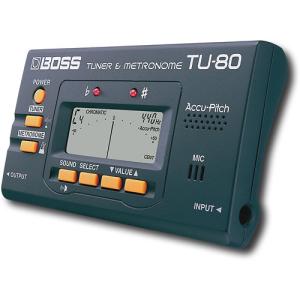« FFcP vs Traditional Violin Positions Fingering |
Main
| 10,000 hours? Discipline... in moderation. »
 May 14, 2009 | Keeping it honest: metronomes May 14, 2009 | Keeping it honest: metronomes
A great pedagogical myth exists in regards to the importance of metronomes. It's not uncommon to refer to these time keeping devices as good for teaching you good time. The problem is this is only the tip of the iceberg. You don't just push the start button and start playing, expecting a good sense of time to wash over you. What do you do when you hit the "off" switch?
There is merit in the notion that a metronome teaches time "honesty." That's because when we play alone with no accompaniment, we get lost in the notes and technical challenges without a neutral umpire there to correct bad timing. We think we've mastered a segment, but it falls apart when played in an ensemble environment. That's why many good classically trained pianist are really lousy accompanists. They've never been challenged by a metronomical "truth."
The biggest benefit of regular metronome use is in developing optimal technique and accuracy within the context of good timing. It's a subtle difference, but the goal of developing a keen sense of time is secondary to playing with rich tone and precision. It's a simple rule of learning; if you can't play it well slow, you can't play it well fast. Trouble spots in your music, difficult licks, sloppy scale patterns, these all need to be mastered slowly, and you can't do that honestly without an effective mechanical meter.
The word "metronome" itself has a rather sterile, clinical vibe to it. This doesn't have to be that way! Let's suggest five different approaches to metronome use:
Time Keeping. The most basic use of the metronome is to take the song you're already playing and set the pace for that same tempo. Again, time "honesty" is a good thing to work for. Places that you stumble should be noted mentally, or better, with a pencil. You can go back later and attack them at a slower speed, but the metronome in its most primitive use just keeps good time for you.
Back Beat. In an ensemble situation, there are many subtle forms of the pulse going on, besides the beat itself. Listen to a good jazz performance (or even bluegrass) and you hear a healthy backbeat. It's one TWO three FOUR. Why not simulate the ensemble by setting your metronome to just hit TWO and FOUR? This can be a challenge at first, but if you have a metronome with some good sound samples, like the Seiko SQ-50 with its crisp woodblock tone, this can be a sonically appealing simulation.
Subdivision. You can double the beat (or triple) for divisions and really keep things honest. Again, in live ensemble performance, you have the subdivisions defined audibly; this is a good atmosphere to bring into personal practice time. If the song is 96 beats per minutes, set the metronome for 192.
Patterns. Some metronomes have built in patterns, like swing/shuffle subdivisions, triplets, Latin patterns, and this can be gold for really feeling a dry etude or scale challenge. The Roland TU-80 metronome/tuner has this function.

Drum machine/Accompaniment tracks. Practice can be far more engaging with a real hi hat/kick drum combination. Drum machines can be set to a different tempo, but backing tracks can be more fun. The only drawback to the latter is you can't vary the tempo. Again, you want to keep your playing "honest," playing with maximum tone and articulation accuracy.
It's about time...
Further
Swing Hard. Pick Well.
Metronome Techniques Part 1
Metronome Techniques Part 2
A look back: Sweeping for tone
Posted by Ted at May 14, 2009 1:44 PM

Disclaimer: In the 'Information Age' of the 21st Century,
any fool with a computer, a modem, and an idea can
become a self-professed 'expert." This site does not
come equipped with 'discernment.'
|



